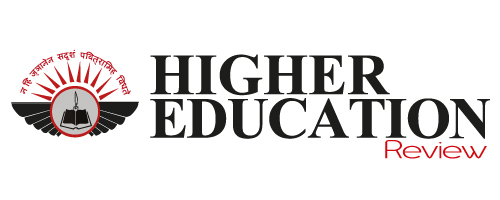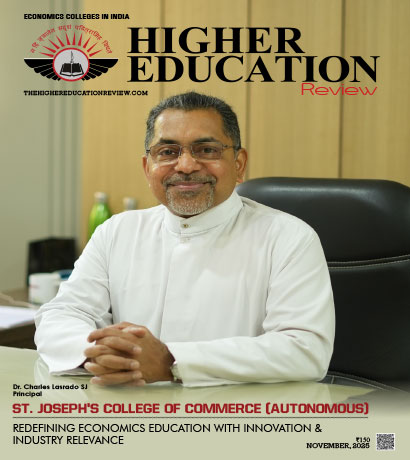Bridging the Skills Gap: The Role of Industry-Academia Collaboration in Shaping Future Talent
 Bala Vummidi is an accomplished HR leader with two decades of experience in human resource management, talent strategy, transforming employee experience, and driving technology adoption in HR. As the Vice President and Global Head of HR at SRM Technologies, he oversees HR functions across multiple countries, aligning strategies with business objectives to drive organizational success.
Bala Vummidi is an accomplished HR leader with two decades of experience in human resource management, talent strategy, transforming employee experience, and driving technology adoption in HR. As the Vice President and Global Head of HR at SRM Technologies, he oversees HR functions across multiple countries, aligning strategies with business objectives to drive organizational success.
The landscape of education and employment is undergoing a significant transformation. Traditional education systems, which once heavily focused on degree-based qualifications, are now giving way to a more dynamic and adaptable model: skills-based hiring. This shift is reshaping how companies approach talent acquisition and how educational institutions prepare the next generation of professionals. In this article, we explore how this paradigm shift is influencing both industries and academia, and how strategic collaborations between the two can bridge the widening skills gap.
The Rise of Skills-Based Hiring
The growing demand for specialized skills has led to a fundamental shift in the workforce. Employers increasingly prioritize skills over degrees, understanding that a candidate's ability to demonstrate competence in key areas often outweighs formal educational credentials. This change is not only a reaction to the rapid pace of technological advancements but also a response to the evolving needs of industries that require real-time expertise and adaptability.
Skills-based hiring focuses on identifying practical, measurable abilities that a candidate can bring to the table, such as proficiency in coding languages, data analytics, or problem-solving. This method ensures that candidates are ready to make an immediate impact in their roles, often bypassing traditional qualification checks in favour of hands-on expertise.
Implications for Educational Institutions
For educational institutions, this shift towards skills-based hiring presents both a challenge and an opportunity. Curriculums that once cantered on theoretical knowledge now need to be reimagined to equip students with practical skills that align with industry demands. Institutions are increasingly focusing on realworld applicability, integrating more hands-on experiences like internships, apprenticeships, and project-based learning.
However, the transition is not always seamless. Many educational programs still struggle to align their offerings with the rapidly changing skillsets required by employers. This gap has led to a disconnect between what graduates can offer and what industries need. To address this, collaboration between academia and industry is becoming essential.
Industry-Academia Collaboration: A Pathway to Closing the Skills Gap
To bridge this gap, there has been a growing emphasis on industry-academia collaboration. By co-creating curriculums and learning experiences, organizations and educational institutions can ensure that students acquire the skills most in demand by the workforce. These collaborations can take various forms:
Curriculum Co-Creation: Companies can work closely with educational institutions to develop courses and training programs that reflect the latest industry trends. For example, tech companies might help design data science or cybersecurity programs, ensuring they align with the practical skills needed in the field.
Internships and Apprenticeships: These hands-on experiences allow students to apply what they have learned in real-world settings, while giving employers a chance to assess potential future employees. Internships can also act as a bridge, connecting students directly with job opportunities upon graduation.
Workforce Training Programs: As the demand for upskilling and reskilling grows, organizations and universities are partnering to offer specialized certification programs that can be tailored to current workforce needs. These programs are especially useful for professionals looking to switch careers or advance in their current roles.
Continuous Feedback Loop: Establishing a continuous feedback loop between industries and academia ensures that curriculums remain relevant. Companies can provide insights into the emerging skills they require, allowing universities to adjust and update their programs accordingly.
The Future of Skills-Based Hiring and Education
The future of education and employment lies in agility and adaptability. As industries continue to evolve, the importance of skills over degrees will only increase. Educational institutions must remain flexible, continuously innovating to meet the demands of the workforce while empowering students to excel in an ever-changing job market.
In conclusion, the shift towards skills-based hiring, coupled with robust industry-academia collaboration, holds the key to overcoming the skills gap. By ensuring that curriculums align with the evolving needs of the job market, we can create a more future-ready workforce that is equipped with the competencies needed for tomorrow's challenges.

